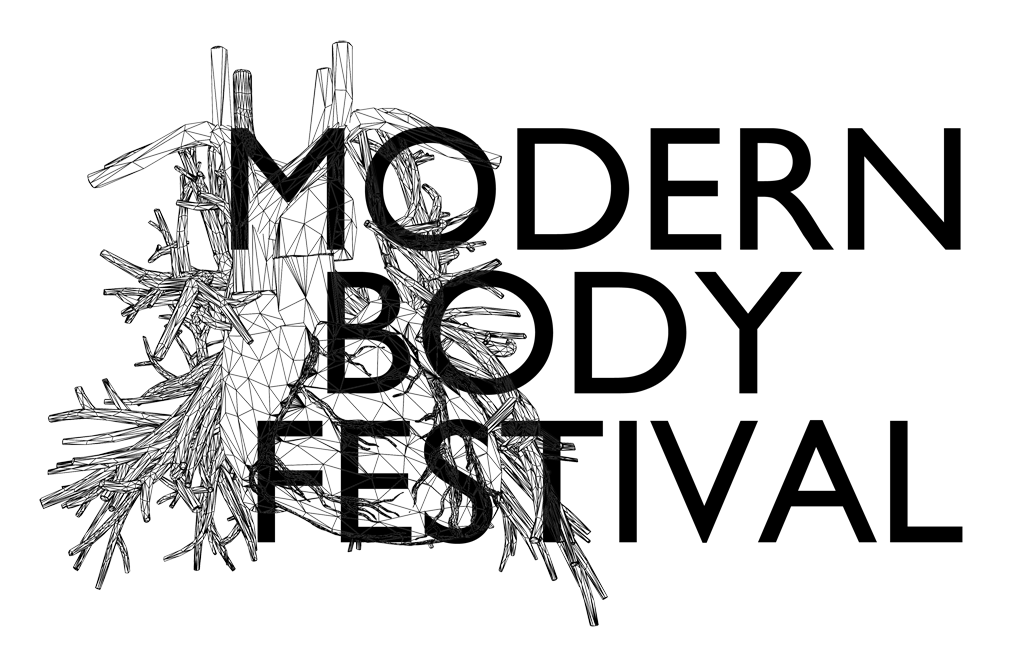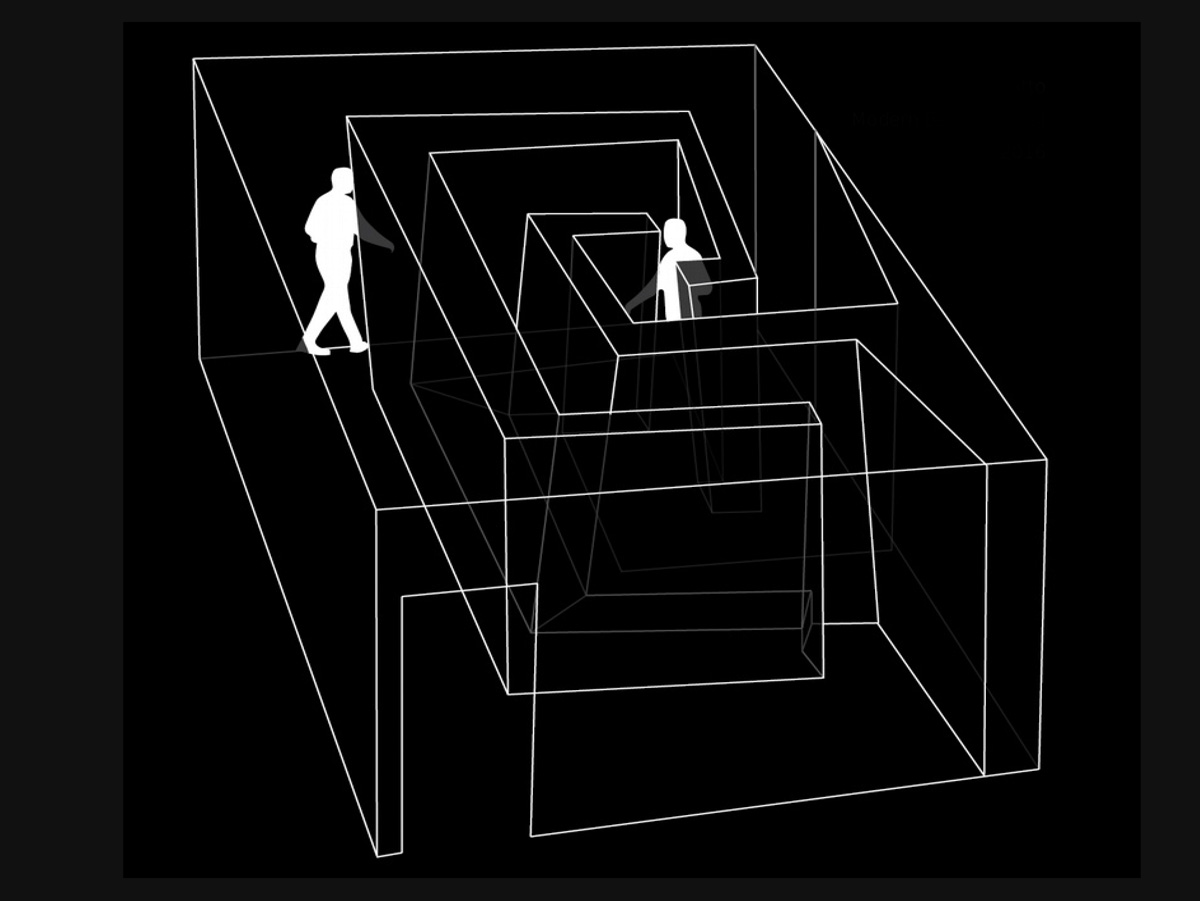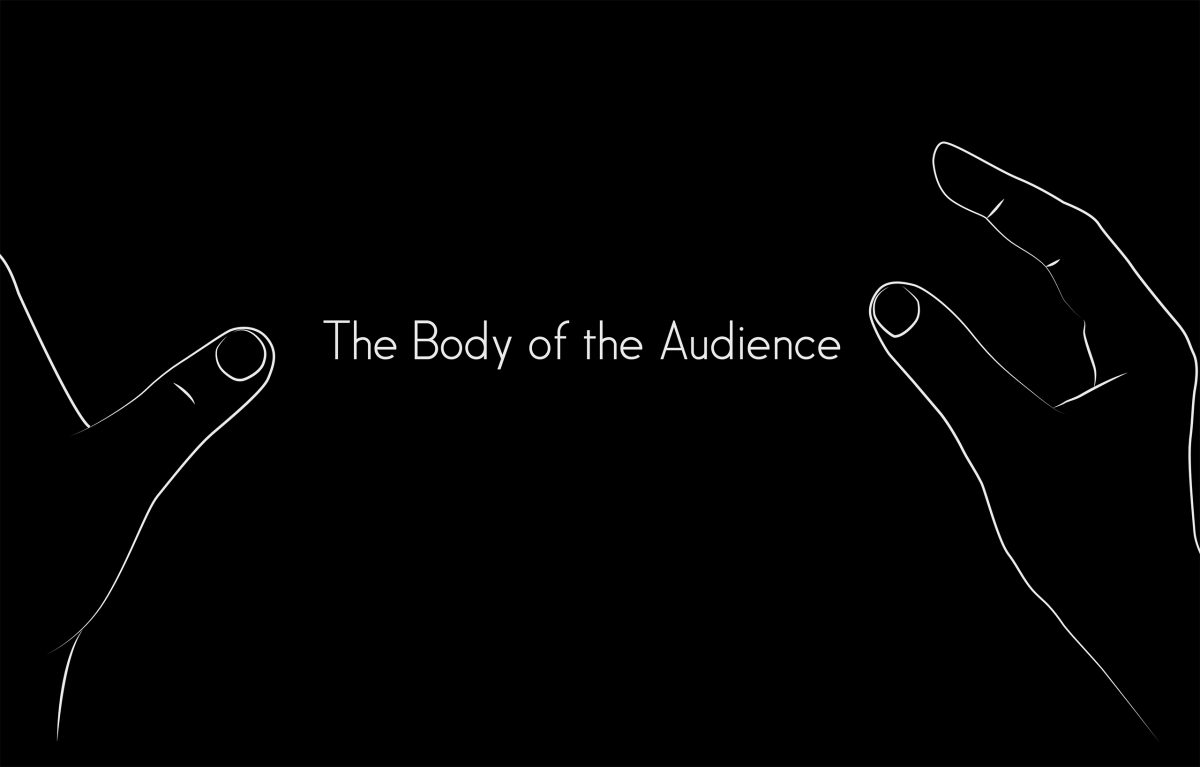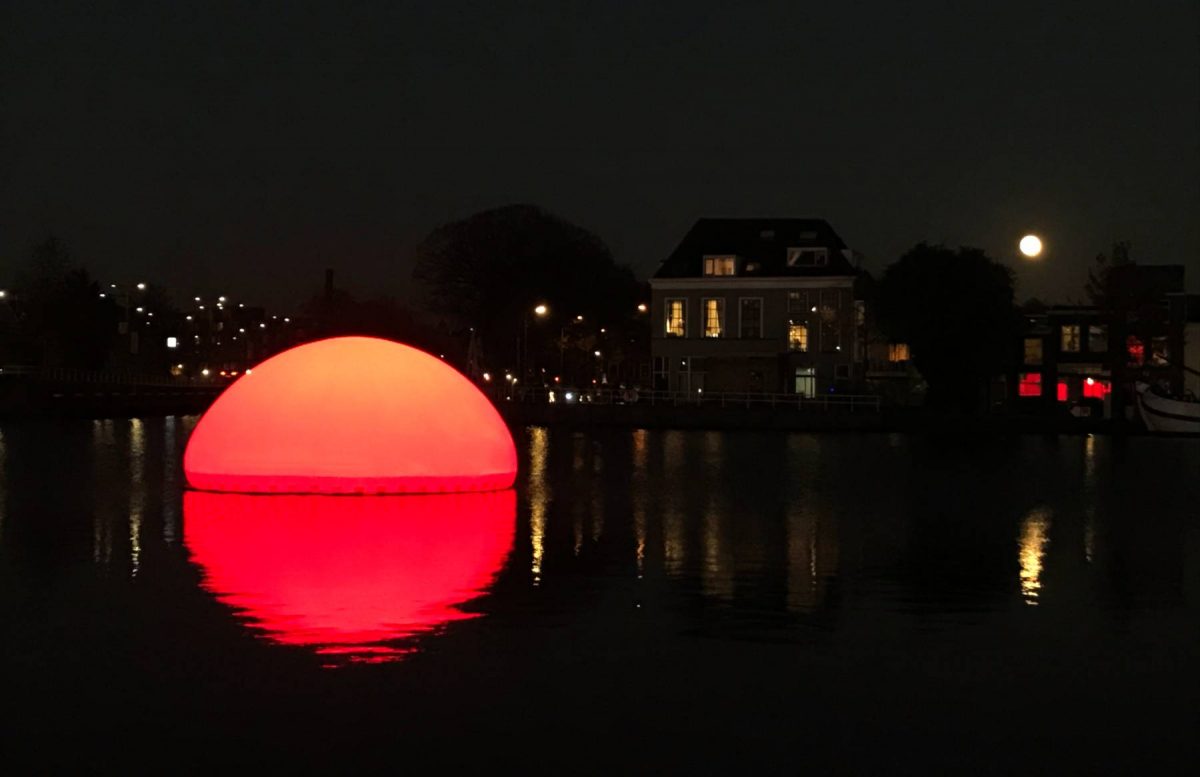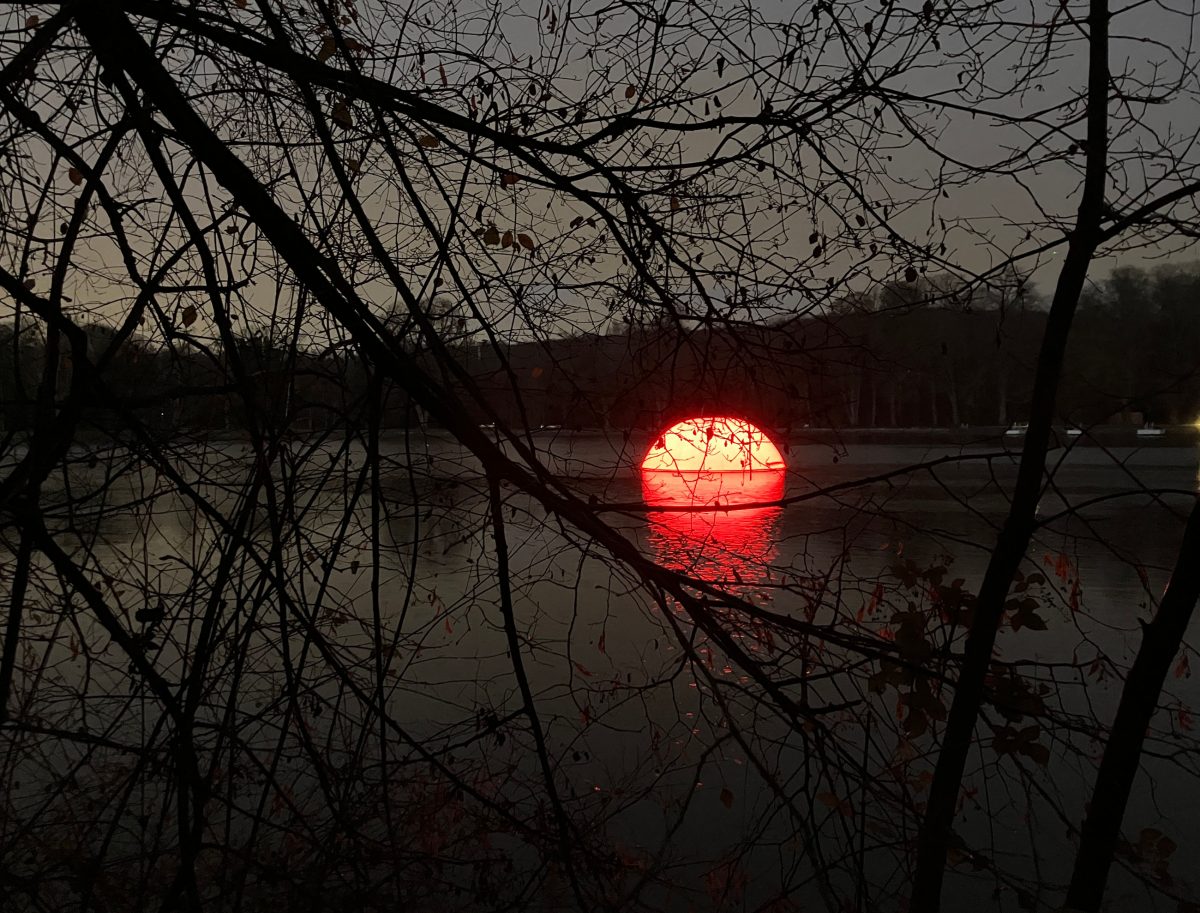A pitch black room designed to provoke and challenge the visitor peripheral senses. Presented at Modern Body Festival 2016, The Hague.
By deliberately removing sight and tweaking physical features that usually guide us through spaces, visitors must engage their haptic and kinesthetic intentionality. Navigating The Grotto turns into an invitation for corporeal exploration, mediated by the skin, muscles and bones. In spite of the darkness and possible loss of orientation, visitors are guided by haptic perception, reaching towards, while sensing the smell of Niaouli, that is strategically persisting through the route.

The creation of grottoes became fashionable during the Mannerist period, after the accidental discovery of Nero’s Domus Aurea – unearthed in the late 15th century. The artificial cave, with series of rooms, was decorated with garlands, foliage and animals. The rooms had sunk underground over time. The explorers found the space rather strange, which led the Italians to give it the name “grottesche,” or grotesque. Grottoes were also very popular in ancient Greek and Roman cultures. These spaces were filled with sculptures to create a sense of ritualism and veneration.

The title ‘Grotto’ recalls the design of those artificial caves – when landscape design served as a medium for sensual exploration. The smell of Niaouli as an extra, subtle layer of experience, was described by visitors as “comforting”, providing a feeling of trust that was welcome while entering the “unknown”.
